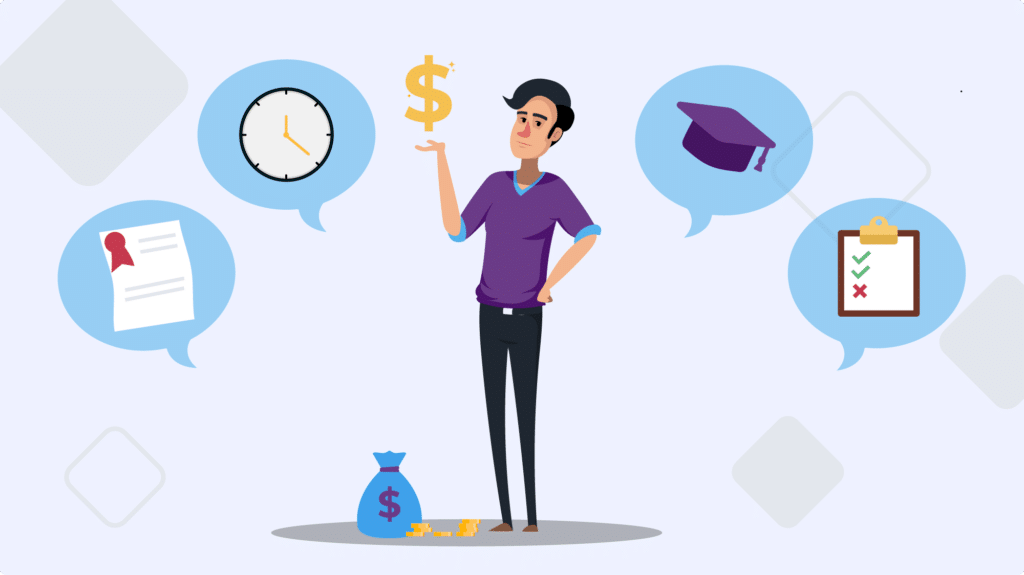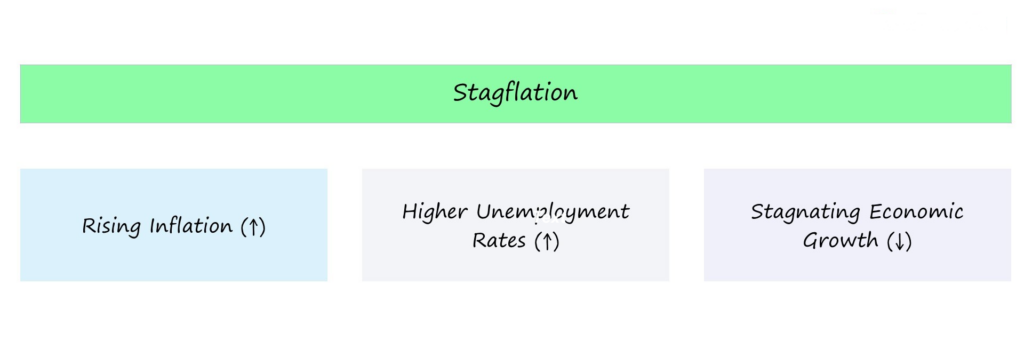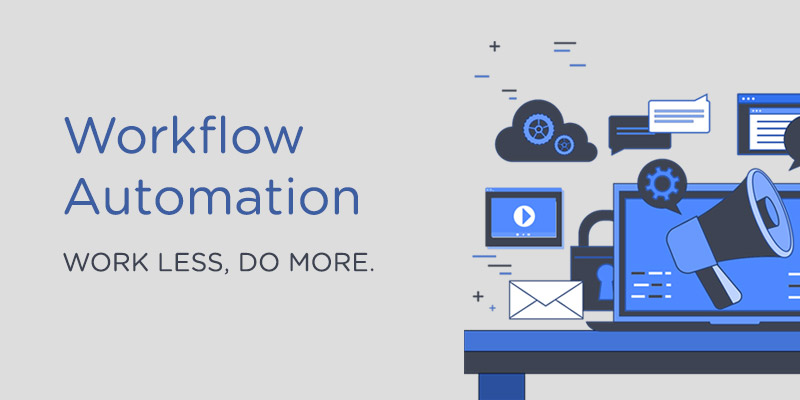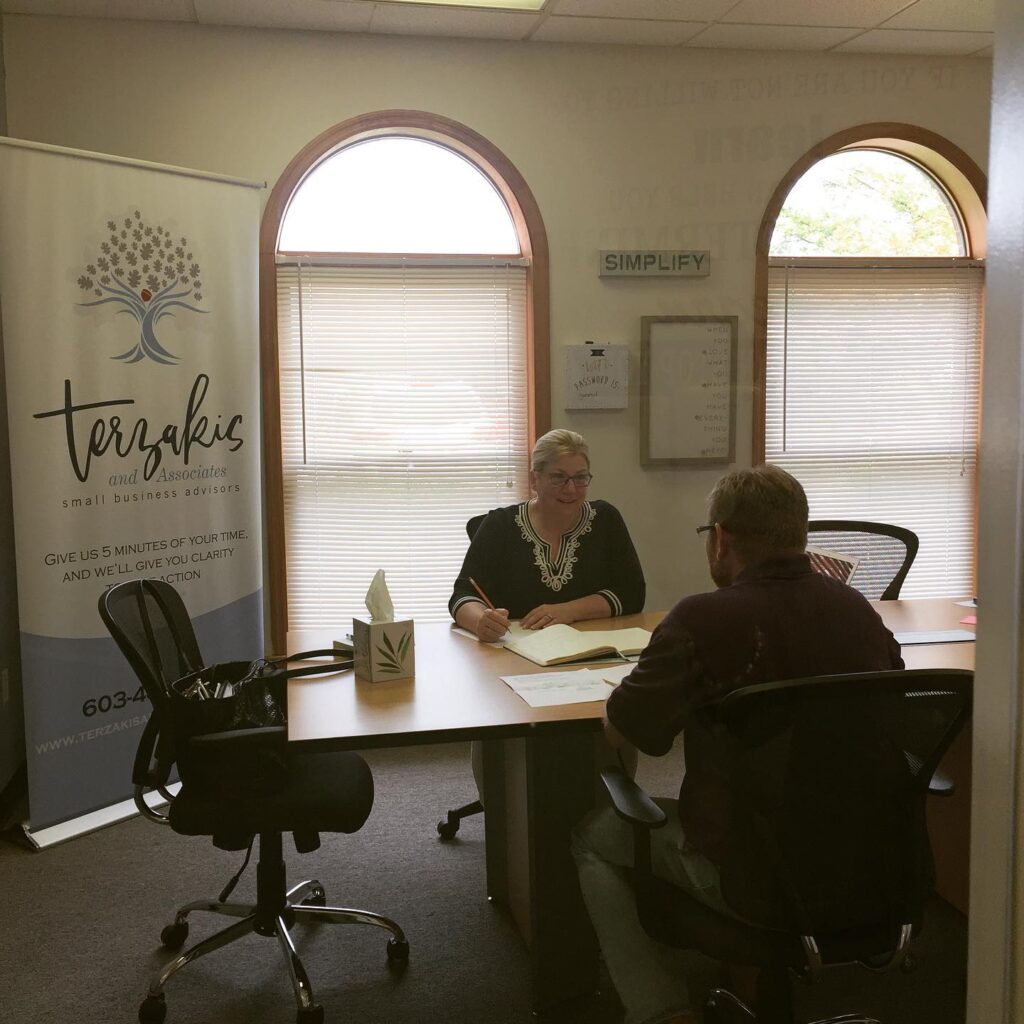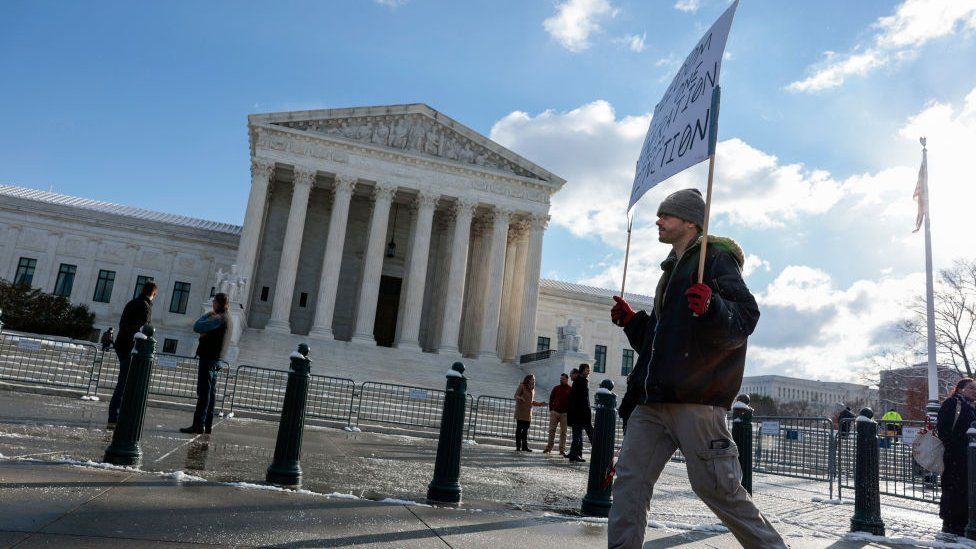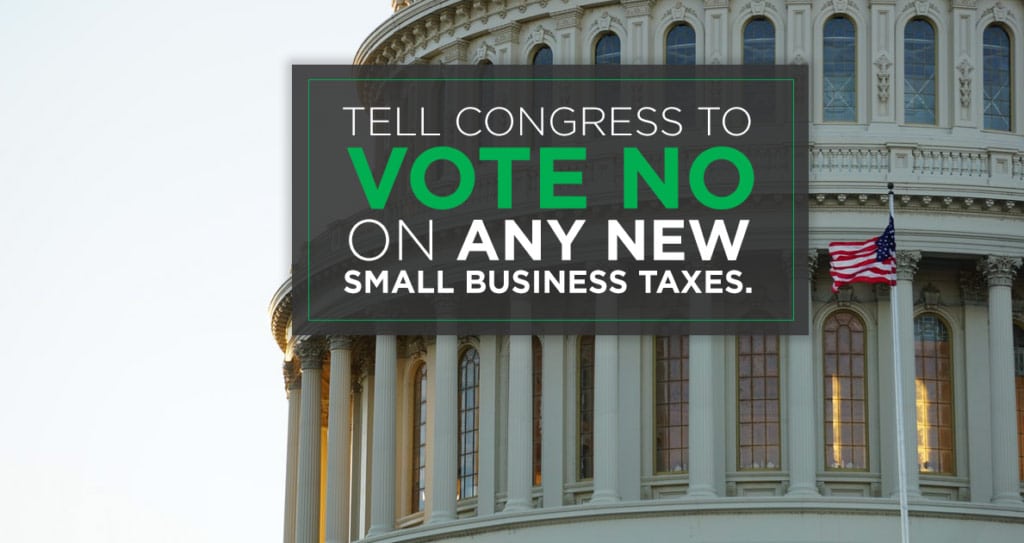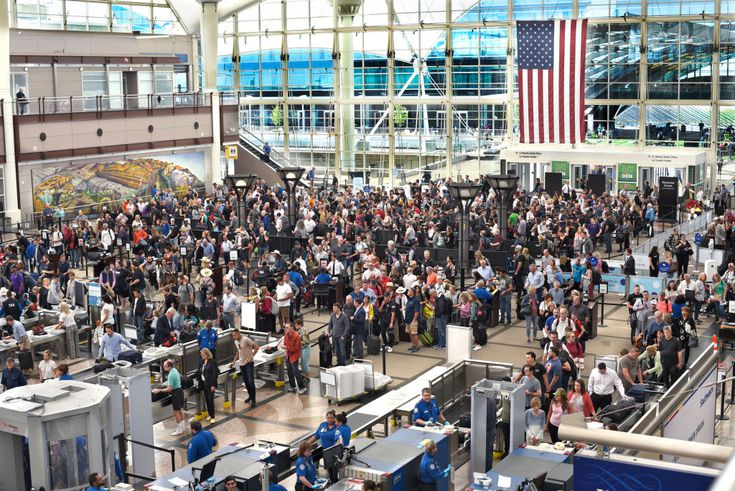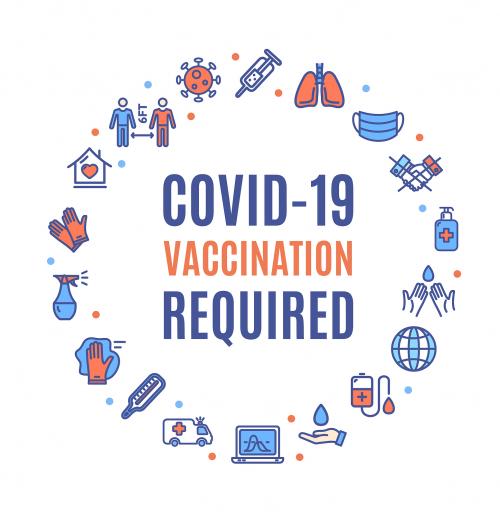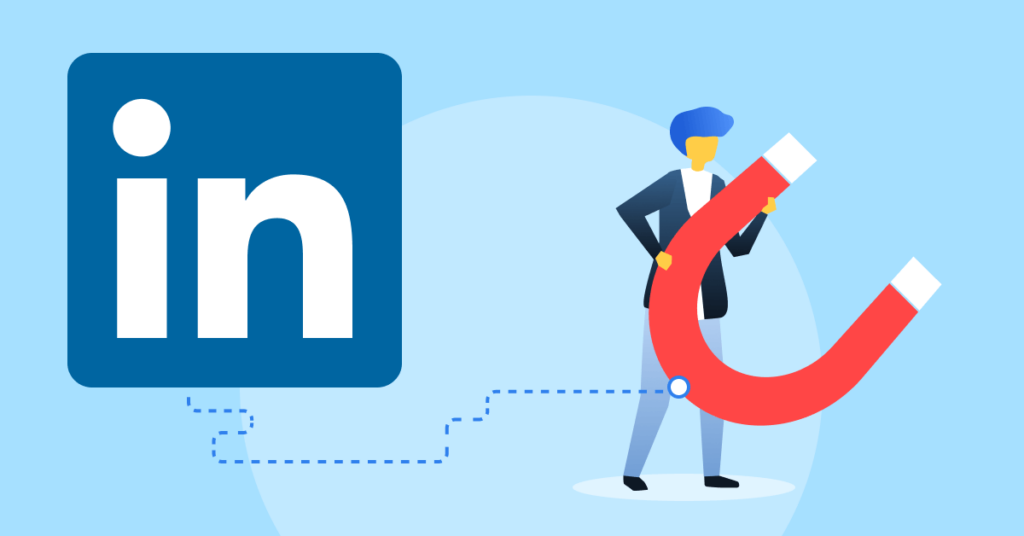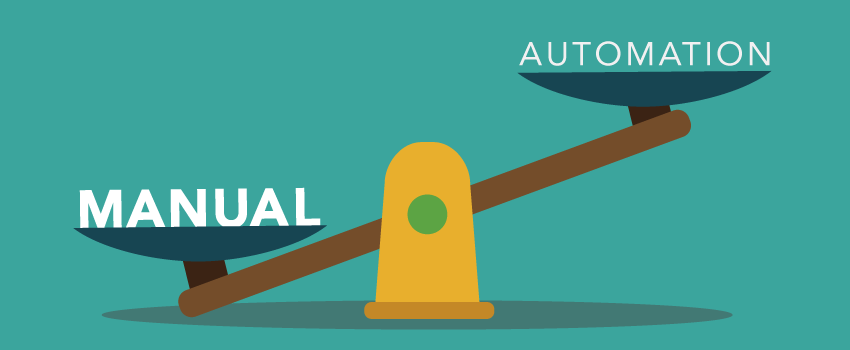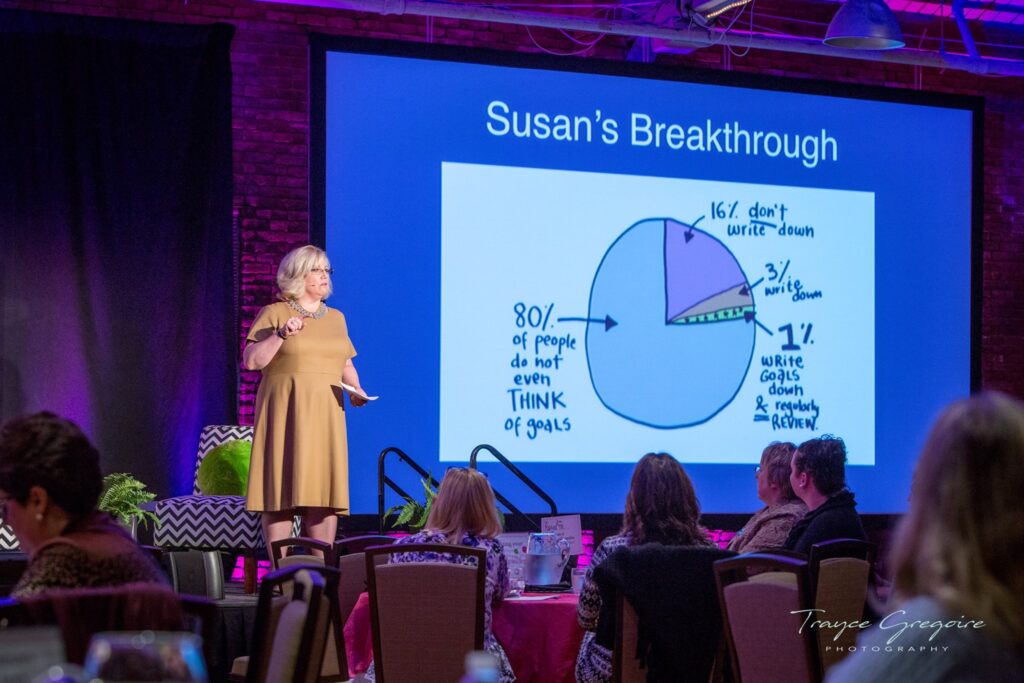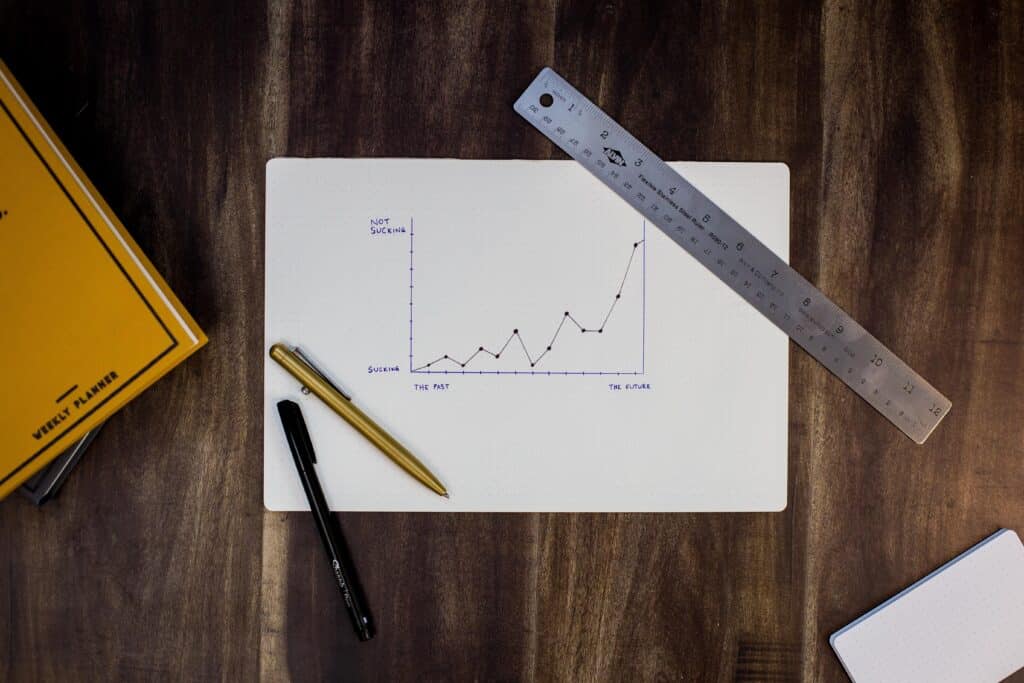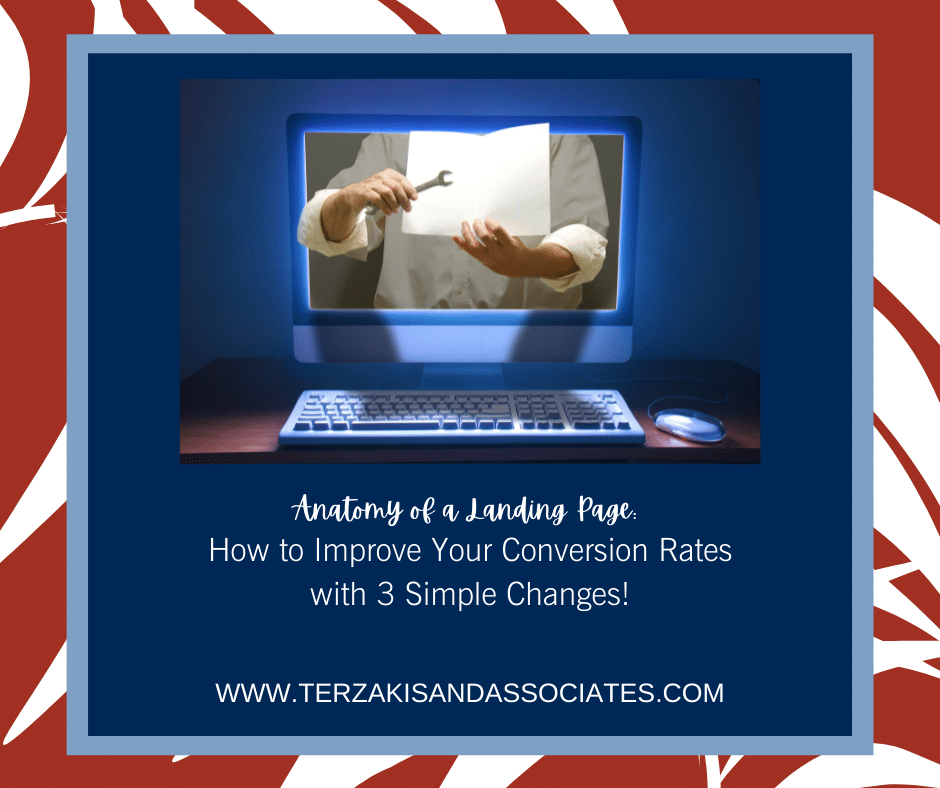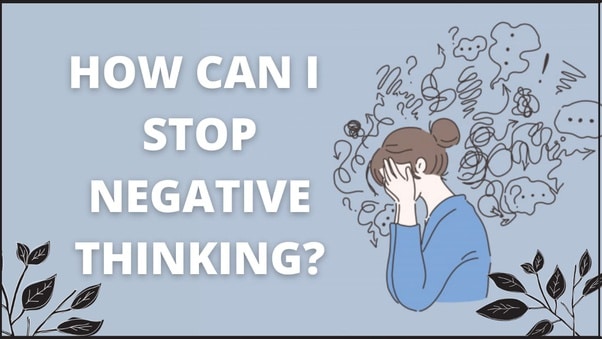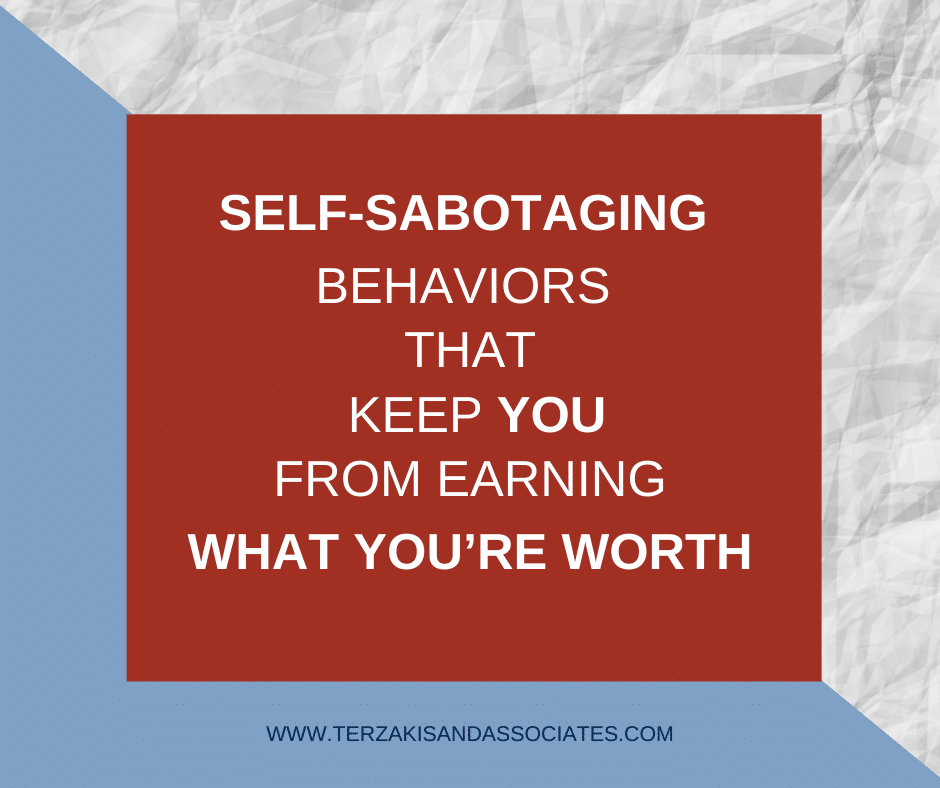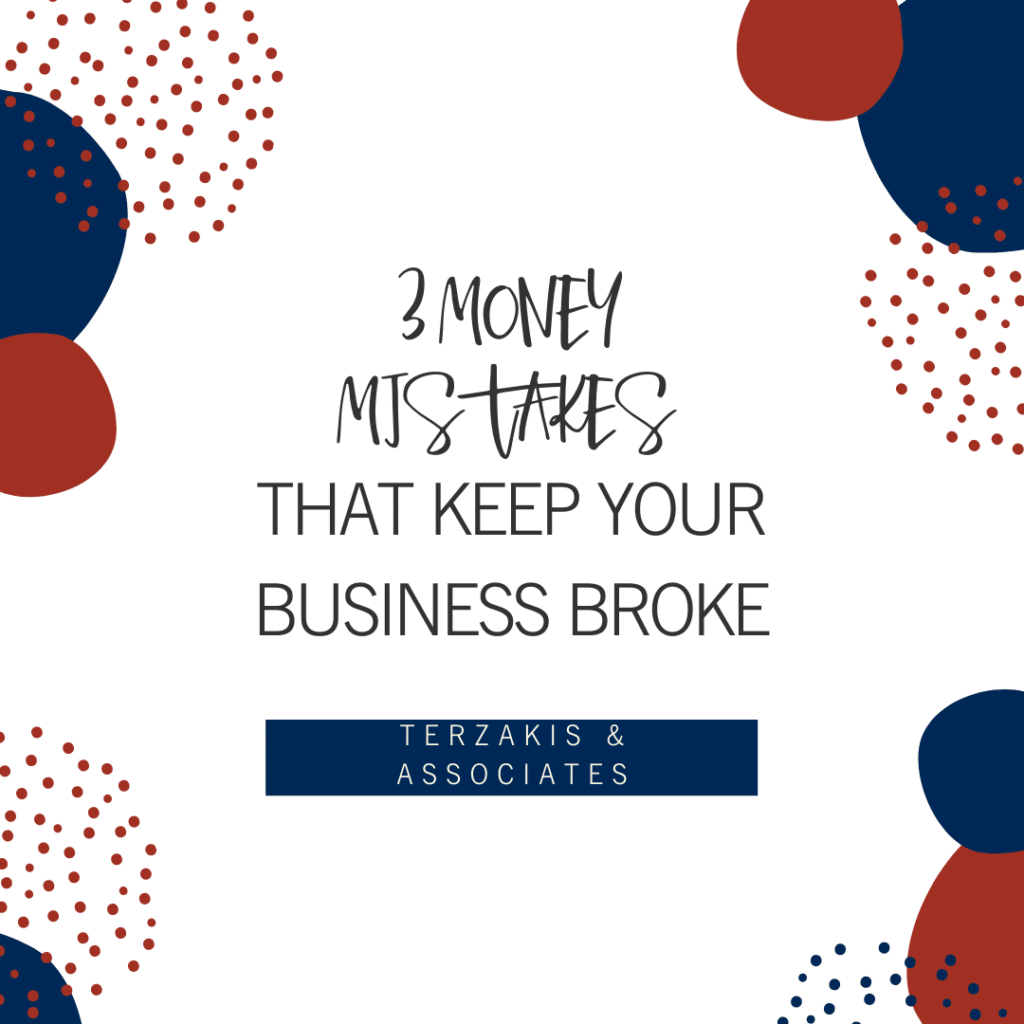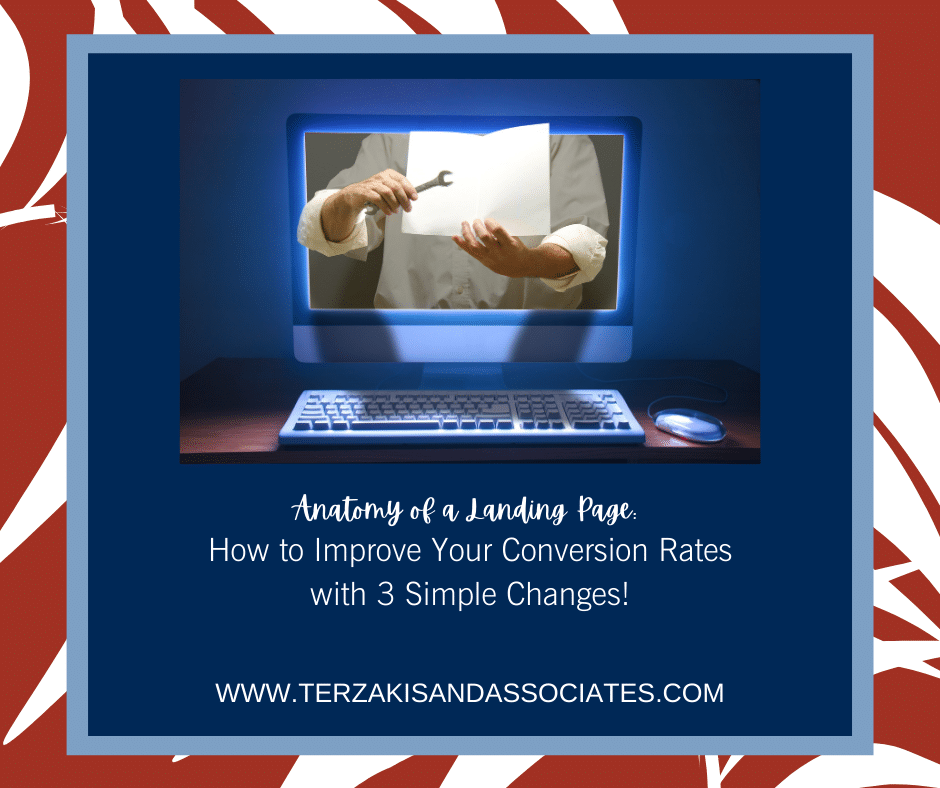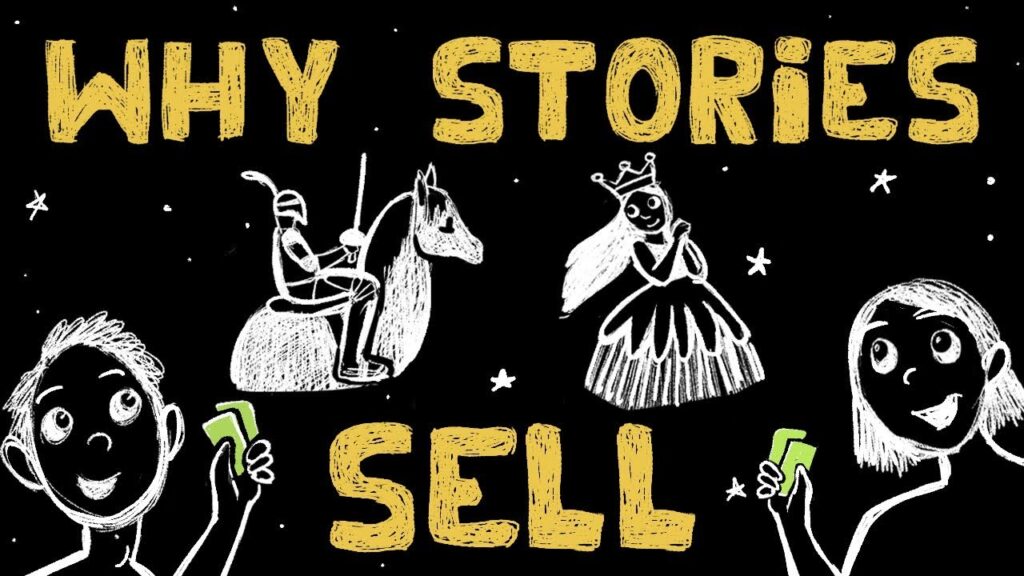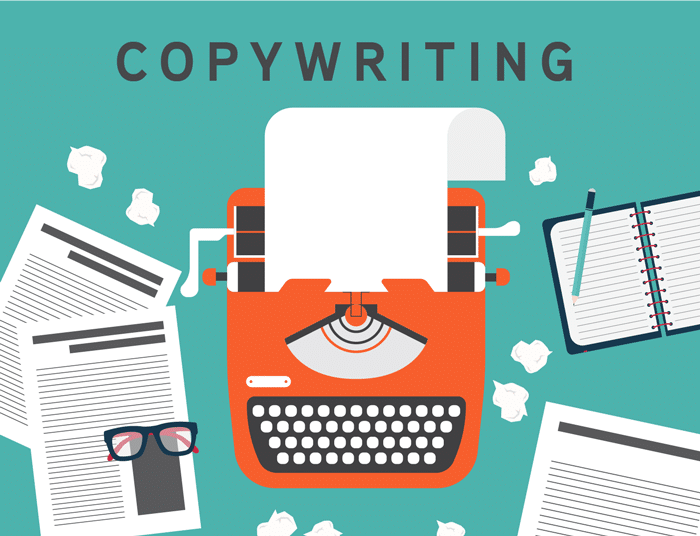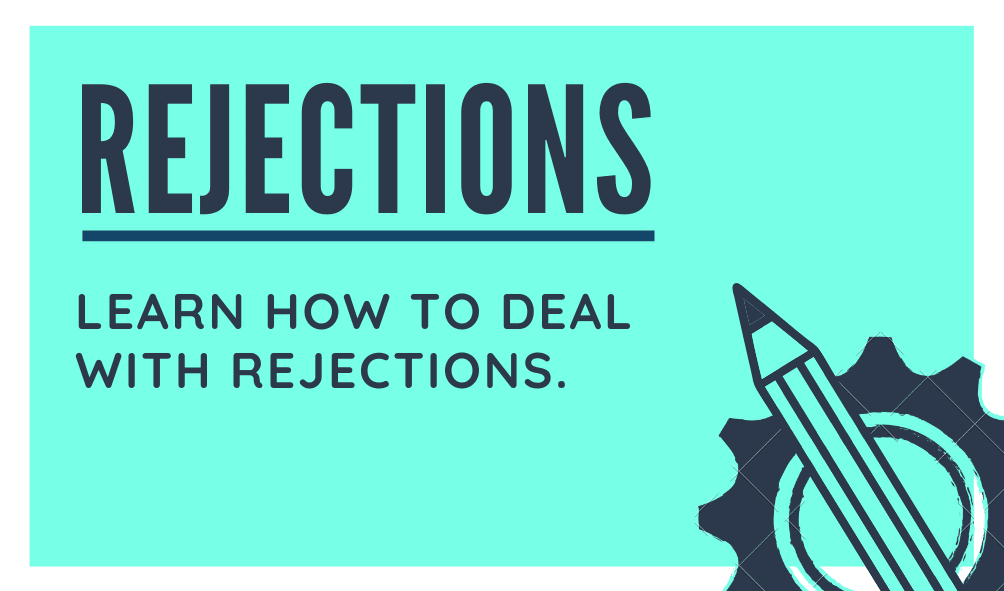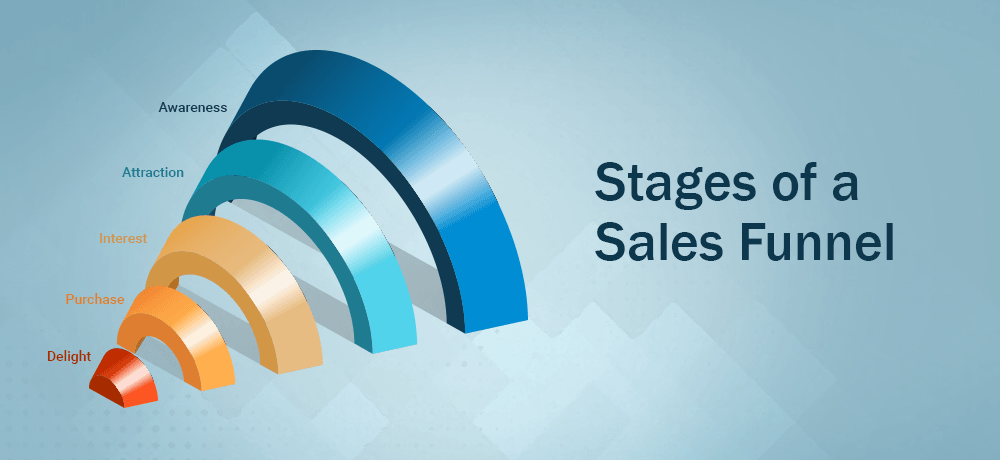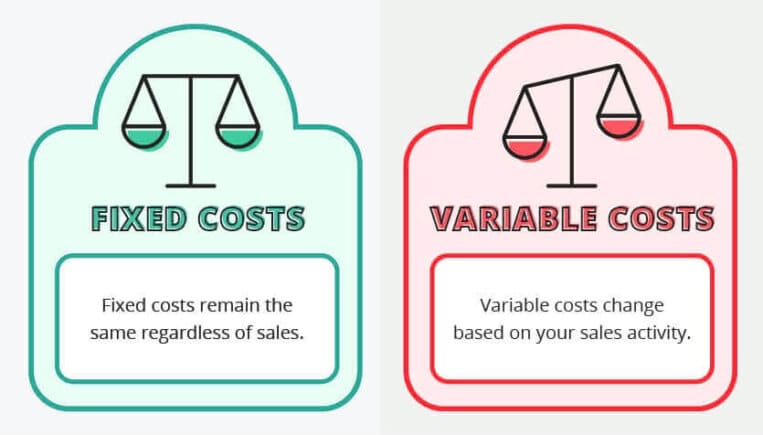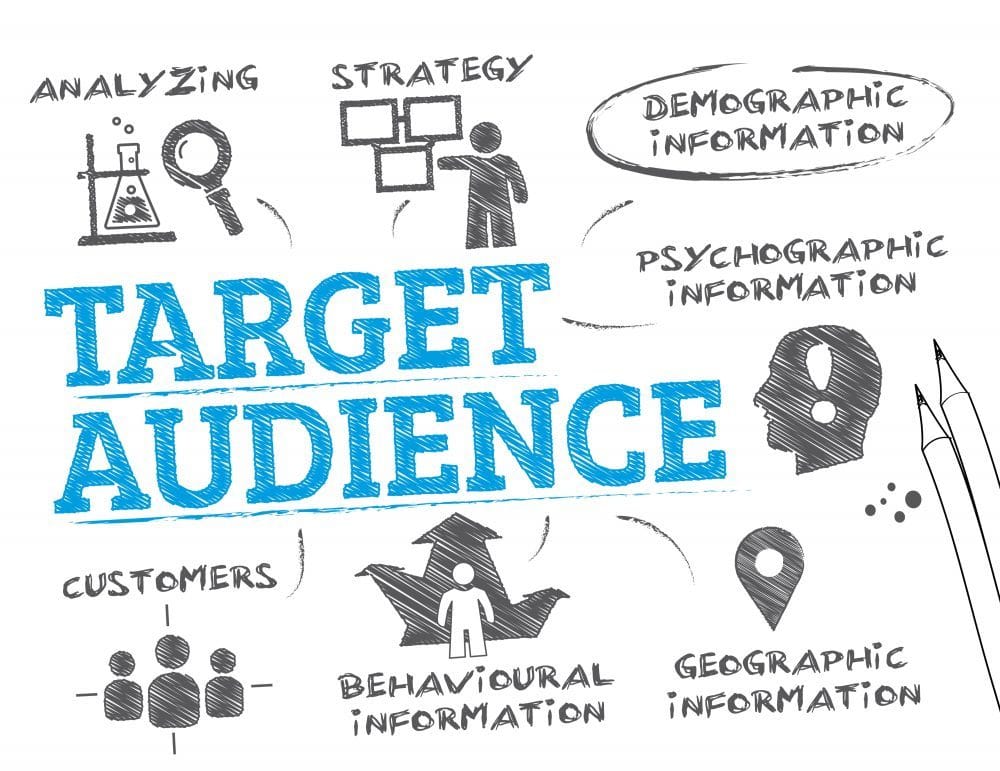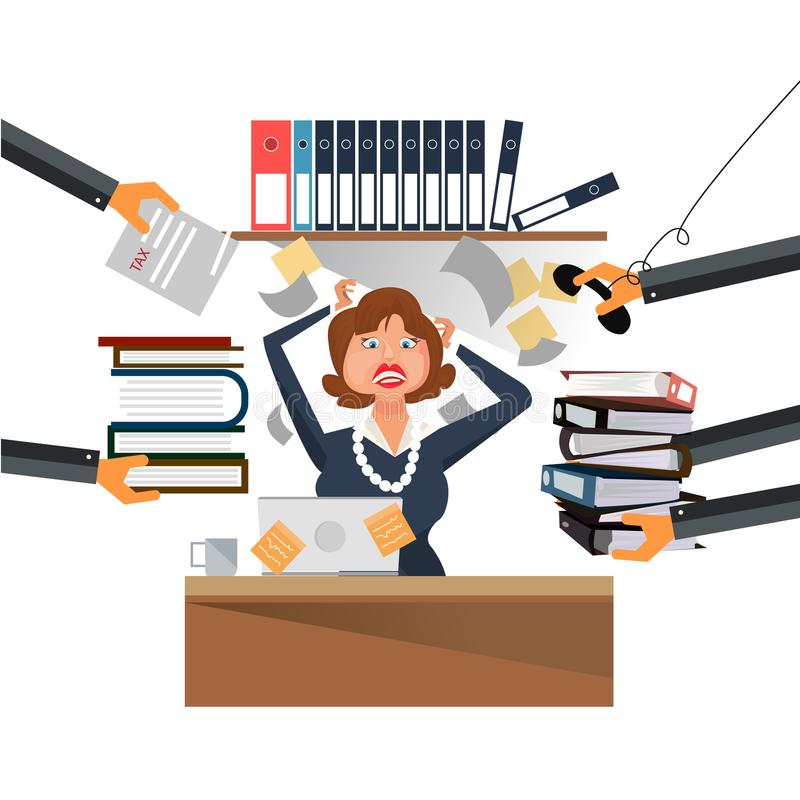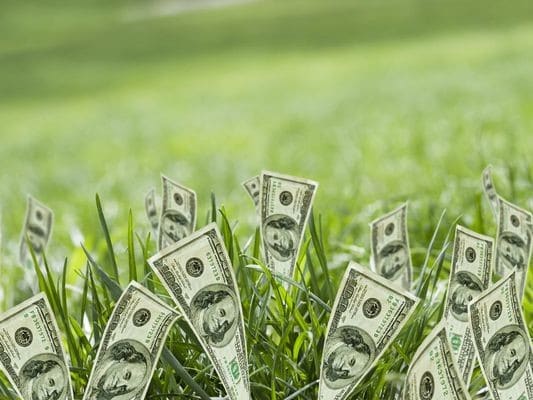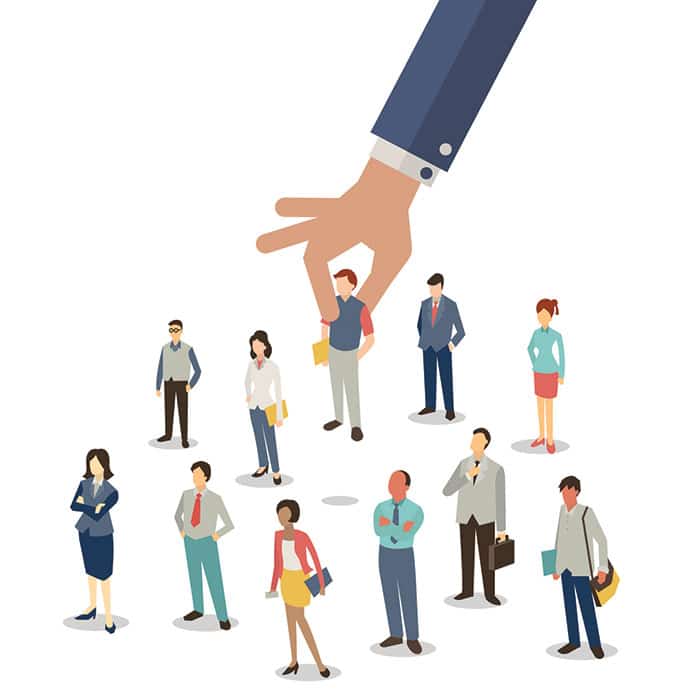What is Stagflation?
Stagflation is an economic condition caused by a combination of **increasing inflation** and **high unemployment rates**, which cause **a decrease in consumer demand** for goods and services.
In a good economy, there’s a balance, where slow steady economic growth is in step with consumer demand.
With stagflation, the economy is out of balance in a really bad way.
What Does Stagflation Mean?
As mentioned, stagflation occurs when high inflation happens **AT THE SAME TIME** as high unemployment.
Despite recent growth in the unemployment rates, the country is still about 2 million jobs shy of employment numbers in pre-pandemic days. **The key element is that all 3 events take place at the same time.**
So, you may be asking what the heck happened?
Well, a lot!
The negative impacts of the pandemic also contributed to stagflation, such as sluggish to broken supply chain issues, etc. To understand stagflation, most economists look at the whole picture, which is the key to understanding what next to do.
Clients have asked me, “How can I protect my small business from all this and is stagflation the same as a recession?”
Alarmingly, there are levels of stagnation already at play in the US economy. At its worst, it’s an economic cycle that can lead to deep recession. An example of economic policy actions taken to combat stagflation was seen in May, June, and late July 2022 when the Federal Bank implemented multiple rate increases – no results yet.
To make things a bit more challenging – when the Fed raises interest rates, that can actually worsen unemployment rates! When inflation jumps up and then the Fed approves three consecutive rate hikes, a slight period of stagflation immediately sets up.
So, let’s deep dive into this together…
Stagnation versus Inflation
High inflation and unemployment rates affect each other. Higher inflation means consumer purchasing power is lessened. They have less money to spend on things other than “basic needs”, which of course means purchasing across the board goes down.
Well, the outcomes here for small businesses are often (very) painful.During periods of inflation small business experience less economic growth, developing markets can dry up, and lucrative projects are mothballed.
[But, I would suggest this is a mistake for small (micro) businesses – more on this below.]
Moreover, economic research has proven, just as we do with our household spending, small businesses put growth plans on hold too.
But right now, to make it more interesting, small businesses are also have additional pressures such as their costs for supplies, utilities, loss of market share, and borrowing capital increase have all gone into eating their already tight profit margins.
Stagflation versus Economic Stagnation
Economic stagnation is a period of **NO** real economic growth.
It’s a stage of stagflation, marked by higher prices for goods, including raw materials that businesses need in order to stay in businesss.
Many economists would agree that the longer economic stagnation periods carry on, the greater the possibility of steap recession looms larger.
What Causes Stagflation?
Most economists define stagflation as being caused by these 5 top factors:
1. Negative GDP Growth
GDP is the _Gross Domestic Product_, which is a measure of the country’s domestic output. Supply-side economists factor in the rate of inflation when calculating the true GDP. For the past 2 years, the GDP has been in decline due to slow economic growth. Bottom Line: higher growth in the GDP indicates a healthy economy.
2. High Unemployment
Unemployment rates have been decreasing since pandemic restrictions eased, which is great BUT the economy hasn’t returned to pre-pandemic employment numbers.
At the same time, small businesses were largely unable to compete for workers compared to the higher wages that medium and large businesses could offer. This is STILL a factor not spoken of but still its going on.
The unemployment rate is low, but the US is still 2 million jobs less than pre-pandemic levels.
3. Supply Chain
The pandemic caused supply chaing shock waves, from production to delivery. As the economy faced a lack of supplies, the higher demand for items pushed price controls right out the window. Again, we see medium and larger businesses pushing their weight around on this front – many small businesses are running out of time on this one. Supply chain issues contributed to the rise of inflation.
4. Interest Rates
The Fed raised interest rates with the intention of keeping inflation from reaching the double digits and settling the economy. Inflation is a contributing factor to stagnation, as consumers and businesses have less money to spend. Discretionary spending decreases as money is set aside for necessities, such as financial obligations and utilities. When the Fed raises interest rates, central banks soon respond by also raising rates.
5. Inflation
High prices are part of inflation. Inflation affects small businesses too as they pay more for supplies and utilities. Their customers are facing the same challenges and reduced spending. They are no different.
Stagflation and (lack of) economic growth in the US is a distant, but still vivid memory. The US had a period of stagflation in the 1970s during the Nixon and Carter years. If you lived through it… you remember.
How Stagflation Distresses Small Businesses
Small businesses feel the pinch of stagflation in the form of…
1. Rising Prices
Small businesses are paying more for supplies, utilities, and financial obligations.
Those costs are passed are often passed on as higher consumer prices, as businesses are forced to raise prices. It’s a painful trade-off. The tricky thing here is to manage and balance this in your small business. You REALLY need to understand your numbers right now and the best way to manage this is with your finance team and business advisor – this is where they can really add the most value to you right now.
2. Spiking Oil Prices
The rise in the inflationary prices of oil, gasoline, and diesel has reached historic levels and it has been staggering – catching many empty-handed. The US is facing an oil crisis, and with the winter months just around the corner, it is time to put a working plan on what you and your small business will need to do. This is the time to really strategize and put creative thinking to work with support team and your business advisor.
3. Unemployment
Although unemployment rates are decreasing, thankfully, we must acknowledge that our nation is still about **2 million jobs short of pre-pandemic employment levels. This is still a very big deal for small businesses. Small staff numbers = stressed and overworked team members if not properly managed! Again, time to work closely with your leadership team and business advisor to craft a plan that honors both, the business AND your employees’ wellbeing.
4. Rising Interest Rates
When the Fed raises interest rates, which they have 3 times now, the central bank responds by raising interest rates. What this means for you and your small business is simple: the cost of borrowing capital increases for small businesses.
Many small business loans have variable rates of interest on their business credit lines and credit cards. The rising interest rates turn into increased monthly budgeted payments. That rate of increase eats the profit margin up FAST if not properly managed. By working with your business banker (you should know them by name) and your business advisor – you can mitigate any negative impact from this happening. But…you have to act now.
5. Supply Chain Issues
These issues will continue and as manufacturers struggle to find raw materials, and sustain the costs to deliver your materials at risk! So, now is the time to have a frank conversation with those you purchase supplies from…
Trust me on this, now – not later. Latter is far too late on this one.
6. Consumer Confidence
As prices rise, consumers drawback to spending habits, especially on luxury items. We all have experienced this – it’s what is often referred to as “Bread & Butter Economics”. As your dollar is less able to purchase goods and services, consumers retreat to needs and then wants in their purchasing behaviors. If you do not plan on this – your market share WILL leave you in the dust.
7. Preparing for stagflation
Well, now we get to the ‘call to action’ portion.
Steps to Ease the Negative Impact of Stagflation in your Small Business:
1. Refinance any loan with a variable interest rate.
Remember the old lesson of small business: take anything from your variable group and push it over to the constant group. It’s a tried and true lesson that what you know always beats what you don’t.
2. Shop for a business credit card that has a no-interest introductory rate.
Zero interest cards – in fact, get them and get them fast! Better yet, if you have a line of credit [LOC] with a bank, be sure to reach out to them and see if they can “term” it out for you.
Instead of variable payment, it will term out to a fixed payment – again – this helps you and your business stay in the game longer!
3. Focus on customer relationships.
Truth is – you should’ve been doing this already, but if you haven’t been doing this, well then you best get on it now!
As I often say, if you haven’t been earning your place at their table – you’re often the first to go!! Sad – but folks… this is truth-telling time.
4. Focus on vendor relationships.
This is the time for frank and open conversations with those who supply critical services and items for you to continue your business services.
An example of this would be for a small business that own a fleet of cars, trucks, or vans. Everything that may be needed to keep them in working order IS needed for you to be paid. In this case, gas and diesel fuel, and don’t forget the proper maintenance of this fleet, too! Have a sit-down with a local mechanic or gas station [that is privately owned] to work with you on volume pricing, etc. They’re in the same boat. Often this could be the classic win-win for two small businesses.
5. Pivot the business.
Perhaps one of THE strongest advantages for small businesses is our ability to pivot! Think about it. Larger enterprises and corporations cannot change, pivot, or even adjust without great effort [time and many dimes]. So, with this said it’s time to relook at your ‘book of business and services’.
Which ones earn their keep, and which one don’t? Again, the 1’s and 0’s are your best friend here.
For professional services, this could be simply looking at which service has the greatest profit margin and doing more of that – whereas in retail you could start to look at your top 5 best-selling items – lock in a special price with the vendor.
Who knows, you might even become a preferred distributor for them (thereby increasing your profit margin at the same time!).
This is where the creative energy, tenacity, courage, and bravery to not take this sitting down is absolutely required!
6. Cut expenses.
Well, this is the crux of it all. Collectively we have to relook at HOW we’re all doing business. For example: Do you purchase to commit to purchasing supplies and services from fellow small businesses? When you do so, more dollars stay in the local economy – so more money in the locale means more opportunity to win those dollars for yourself and your business. Truth is, it’s really hard to go 100% down this lane, but – even doing some is always better than doing none.
As mentioned above in a number of places here, it’s time for you to cut the overheard and get down to lean business practices. Commit to what **earns its place** in your business. Do more where you can and where you can do with less, then do.
This is the time to do it on your term…before the terms are (harshly) dictated to you!
How Does Stagflation End?
There are three conditions that are required for the creation of stagflation:
1. Flat job growth,
2. No wage increases,
3. Bear Stock market.
Economic policy changes can slow stagnation and possibly help the economy turn around.
It has in the past… but there is always a ‘but this’ scenario.
If these three conditions worsen, stagflation ends with a depression.
And THIS is why – those of us who are actively following this, are sounding the alarm.
We’re actively advising and supporting our clients on this topic and so much more!
Have questions on what you too, can do?
Simply call us and set up a time for us to connect.
Together, we can develop your next steps…
